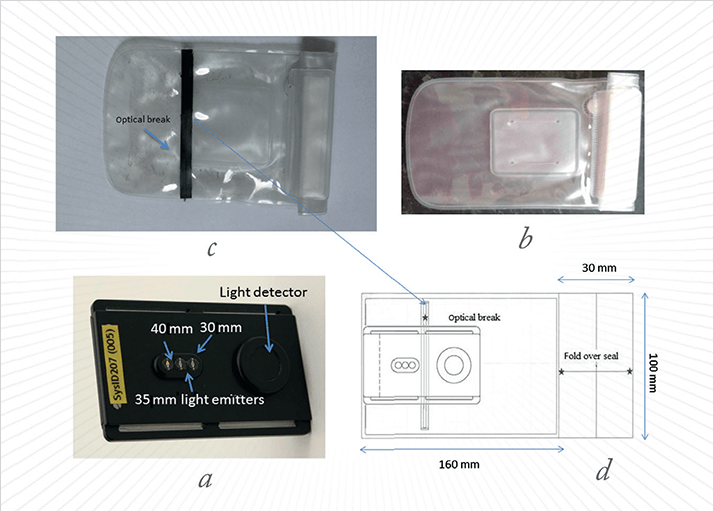Monitoring oxygen levels can provide feedback about whether muscles are receiving enough oxygen. near-infrared spectroscopy (NIRS) is already being used for this purpose in a variety of sports, but not in aquatic environments. Now, researchers at the University of Essex in the UK have developed a method of using NIRS underwater to measure muscle oxygenation in swimmers (1). But it’s not just athletes looking to monitor their sports performance who could benefit; the technology could track and optimize water-based rehabilitation therapies for patients with muscle injuries. One of the authors of the study, Benjamin Jones from the university’s Centre for Sport and Exercise Sciences, says that the aim of the work was to really expand the application of spectroscopy in sport. “Advancements of wireless devices, device size and telemetric capabilities have all contributed to what are known now as ‘portable’ or ‘wearable’ NIRS devices that can be used on the sports field. Underwater NIRS is very limited,” he says.

But waterproofing a suitable spectrometer is easier said than done, and proved to be a challenge for Jones and the team. First, the team experimented with a range of commercially available waterproof casings designed to protect cameras and phones, but a major issue was the effect the waterproof materials had upon the emitted light intensities. “Covering the NIRS light source caused a ‘light piping effect’, whereby the waterproof materials reflected a portion of the NIRS light along the material surface directly to the light receivers without entering the muscle tissue,” explains Jones. “After attempting a variety of materials, we decided to manufacture an ‘optical break’. We used a black polyvinyl chloride material acting as NIRS opaque layer, which seemed to sufficiently address the issue.” Another difficulty presented by the water was its effect on Bluetooth connectivity. Although the NIRS device had a telemetric capacity of 100 m on land, connectivity was lost after an immersion depth of just 15 cm, highlighting the difficulties of working in water. Validation data from the study confirmed that the waterproof covering had no significant effect upon muscle oxygen measurements during exercise. The next step, according to Jones, will be to combine a peripheral measure of muscle oxygenation utilizing underwater NIRS with existing technologies that can provide a global measure of oxygen consumption. “This will allow us to observe a complete oxygen profile during swim exercise and the changes that occur in response to exercise,” he says.
References
- B. Jones, M. Dat, and C. E. Cooper, “Underwater Near-Infrared Spectroscopy Measurements of Muscle Oxygenation: Laboratory Validation and Preliminary Observations in Swimmers and Triathletes”, J. Biomed. Opt. 19 (12), (2014). Doi: 10.1117/1.JBO.19.12.127002
